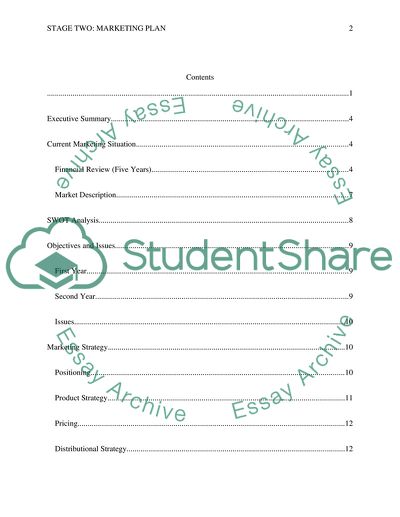Cite this document
(“Marketing plan stage2 Assignment Example | Topics and Well Written Essays - 2500 words”, n.d.)
Retrieved from https://studentshare.org/marketing/1648897-marketing-plan-stage2
Retrieved from https://studentshare.org/marketing/1648897-marketing-plan-stage2
(Marketing Plan Stage2 Assignment Example | Topics and Well Written Essays - 2500 Words)
https://studentshare.org/marketing/1648897-marketing-plan-stage2.
https://studentshare.org/marketing/1648897-marketing-plan-stage2.
“Marketing Plan Stage2 Assignment Example | Topics and Well Written Essays - 2500 Words”, n.d. https://studentshare.org/marketing/1648897-marketing-plan-stage2.


